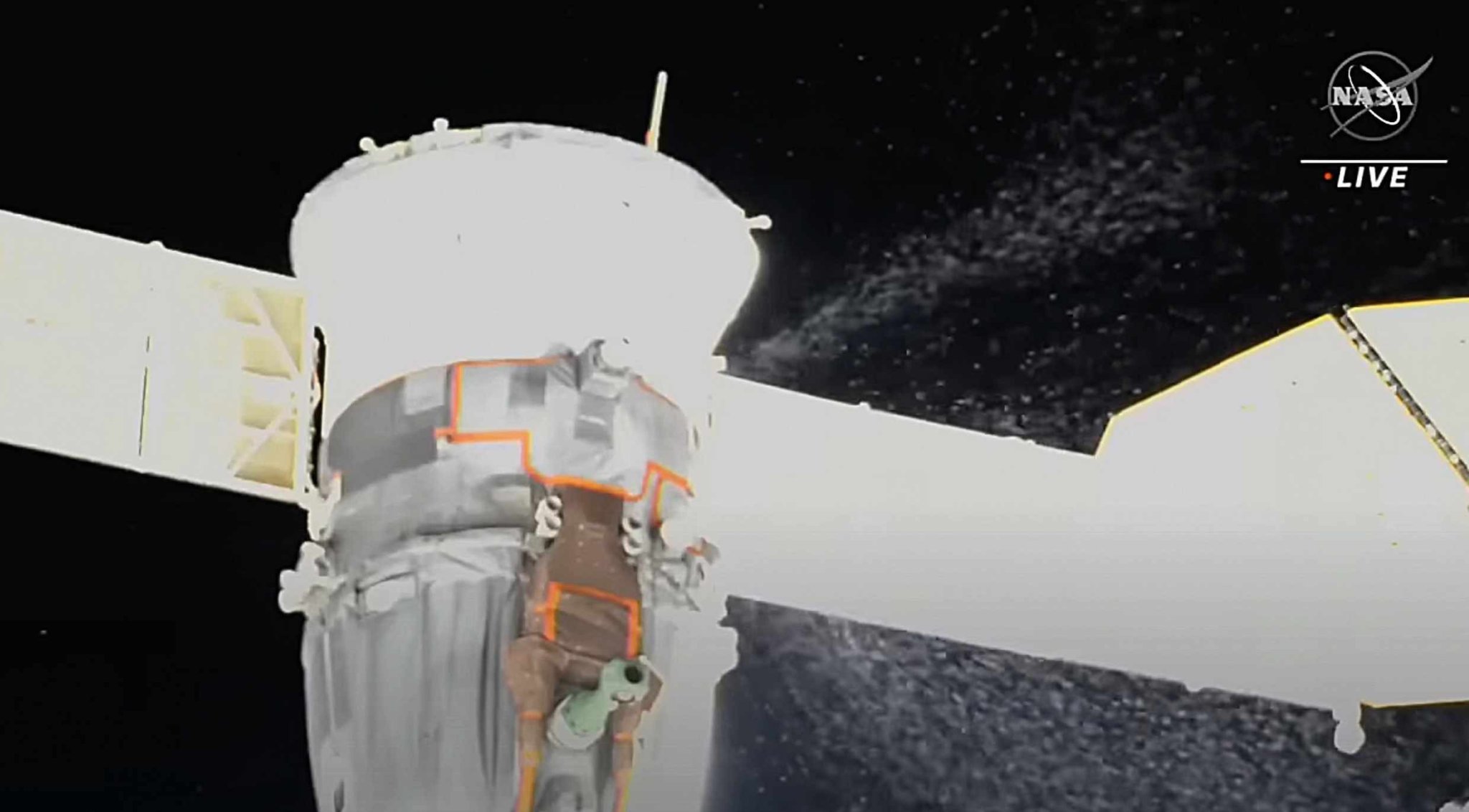Problems with two docked spacecraft could put future crew rotations in jeopardy

Two separate spacecraft docked with the International Space Station have suffered coolant leaks within two months of each other. One of the vehicles was intended to bring home three of the crew currently on board the station.
The first leak was detected on 14 December 2022 in the Russian Soyuz MS-22 capsule that delivered cosmonauts Sergey Prokopyev and Dmitri Petelin, along with NASA astronaut Frank Rubio to the station. While preparing for an evening spacewalk, station controllers discovered a stream of particles coming from the Soyuz. Deeming the spacewalk too dangerous with the leak, station controllers instead investigated the area with Canadarm2, a 17-metre-long robotic arm, discovering a hole in one of the coolant pipes. The Russian space agency, Roscosmos, reported that the damage was the result of a micrometeorite impact.
As they could not be certain that the damaged spacecraft was safe for human passengers, the agency began plans to launch an empty Soyuz MS-23 to the station, which the current crew could then use to return. MS-23 was initially meant to carry the next crew to the station in March 2023, and its repurposing could cause disruption to future crew rotations.
Then on 11 February, a second leak was discovered, this time on board the Progress 82 cargo spacecraft, also built by Roscosmos following a similar design to the Soyuz. Progress 82 has been docked with the station since October 2022, but suffered a depressurisation which was later linked to the ship’s coolant system. Fortunately, the spacecraft was already scheduled to undock from the station on 17 February carrying trash rather than people, and so was able to depart as planned. The capsule spent several hours extra in orbit, allowing for a more thorough visual inspection from the ISS, but no obvious signs of damage could be seen as they had been on Soyuz MS-22. Progress 82 deorbited over the Pacific Ocean the next day.
Replacement crew capsule MS-23 was eventually docked on 25 February. Though the crew are not due to return to Earth until September 2023, the new Soyuz has already been reconfigured as the return vehicle, including transferring over each astronaut’s custom-moulded seat liners, should the trio need to return to Earth in an emergency.